Schneider Electric Motor Controls and Drives
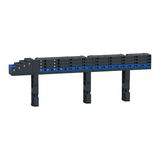

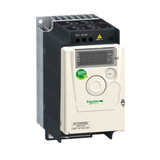
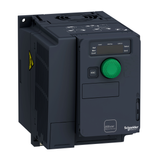

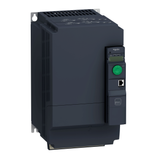
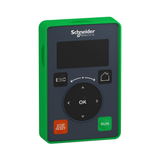

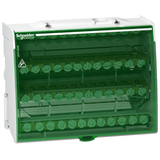
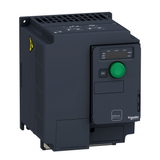
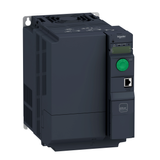
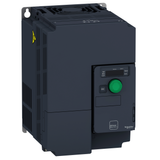

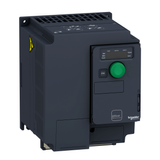


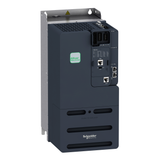
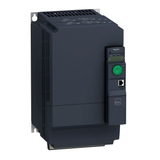
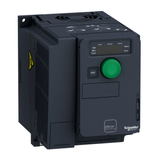
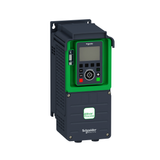
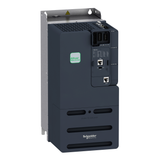

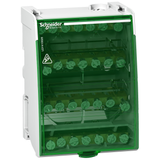
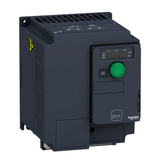
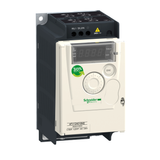




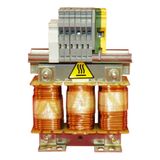
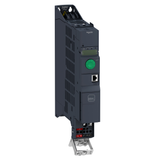
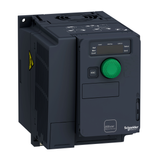
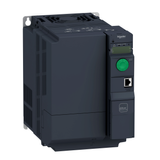








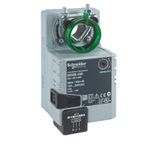

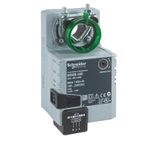
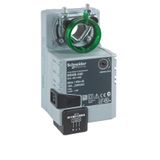
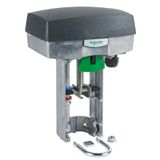
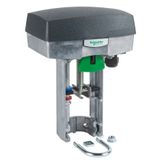

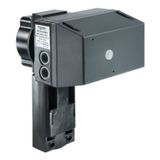
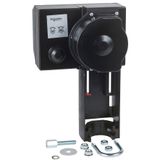
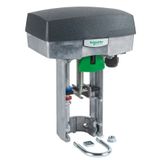
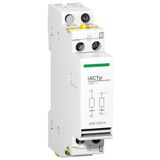
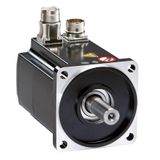
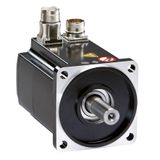
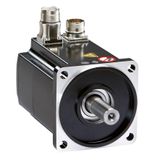


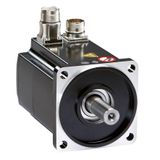
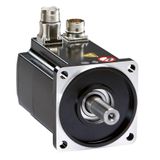
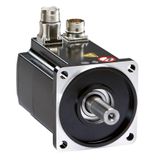
Schneider Control Gear for machine and building panels
Schneider’s control platform lets OEMs standardize how power, signals, and lighting loads are driven and protected on the same rail. Contactors, relays, timers, soft starters, and control power supplies share consistent terminal geometry and accessories, so panel shops can repeat layouts across frames without rework. Typical control voltages are 24 V DC and 110/230 V AC; contactor AC-3 ratings span fractional kW up to 75 kW, with mechanical endurance in the millions of operations. Coordination data with upstream protection is published for Type 1/Type 2 per IEC 60947-4-1.
Schneider range and series overview
The portfolio is organized into practical families for cabinet and field use:
- Motor control: IEC contactors, thermal/solid-state overloads, reversing/plug-in bases, soft starters for torque-controlled ramps.
- Switching and logic: interface relays, latching relays, timers, monitoring relays (phase loss, voltage, current), latch/impulse modules.
- Lighting and building loads: control packs for 1–10 V, DALI-2 and PWM, in-line dimmers, and room controllers with occupancy/daylight logic.
- Power interface: switch-disconnectors, control transformers/SMPS (SELV/PELV), interposing relays for PLC isolation.
Accessories—clip-on auxiliaries, mechanical interlocks, bus links, and coil suppressors—reduce wiring time and make replacements tool-predictable.
Schneider Motor Starters classes and coordination
For induction and PM motors, Schneider motor starters combine contactors with thermal or electronic overloads sized to FLA and duty cycle. AC-3/AC-4 utilization categories are covered, with short-circuit coordination verified against MCB/MCCB tiers. Options include direct-on-line, reversing, star-delta, and soft-start with current limit. Coils are offered in wide-range DC to tolerate supply ripple on 24 V rails. Electronic overloads expose trip class, ground-fault sensitivity, and phase-unbalance alarms to PLC inputs—useful on conveyor lanes, pumps, and packaging axes where downtime must be isolated to a branch, not a zone.
Schneider technical specifications and standards
Devices comply with IEC 60947 series (-1, -4-1, -5-1, -5-2) for control and switching, IEC 60204-1 for machine wiring, and relevant EMC norms. Control relays typically switch 6–10 A resistive at 250 V AC; contactor auxiliary blocks are 2 or 4 contacts with mirror-contact options for safety feedback. Coil suppression (RC or diode) is available to protect PLC outputs. Ambient operation commonly −25…+55 °C; storage extends lower/higher by family. DIN pitch is the standard 18 mm module base for auxiliaries; finger-safe IP20 fronts, with IP54/IP65 in enclosed variants.
Schneider Dimming Modules for lighting control
Where architectural or machine-mounted lighting needs control beyond simple on/off, Schneider dimming modules handle 1–10 V, DALI-2 broadcast/group, and PWM outputs with load feedback. In practice this pairs well with schneider lighting drivers that demand tight ripple and high power factor on dimmed channels. Modules provide fade ramps, emergency override, and scene recall via dry contacts or BACnet/Modbus gateways. For retrofit ceilings and tool stations, compact DIN units let you land control next to breakers without separate control boxes.
Applications and compatibility
Packaging cells use PLC-driven interposing relays for valve islands; assembly lines standardize on contactor/overload stacks with shunt-trip inputs for monitored stops; utilities panels employ monitoring relays to watch phase rotation and undervoltage. Building wings and machine lights run through DALI/1–10 V controllers; legacy luminaires continue via schneider ballast modules where fluorescent or HID remains in service. Field panels benefit from compact isolators and interlocks, while cabinet rows use interface relays to buffer PLC cards from inductive loads and to coordinate with schneider switching devices such as selector switches and emergency operators.
System architecture and panel coordination
A clean topology ties protection, switching, and control into repeatable “feeder blocks.” Incomer and surge at the top, group RCDs where required, then motor or lighting feeders with shared bus links. Keep coil returns segregated from high-dv/dt VFD outputs; add RC/diode suppression at each coil to protect transistor outputs. On motor lines, verify selectivity/cascading with the chosen MCB/MCCB so a branch trip does not drop a cell. For lighting, route control pairs (DALI/1–10 V) away from mains and respect max bus lengths; document addresses and groups in the HMI for service.
Integration with Schneider platforms
The control gear drops directly into Schneider Acti9 protection, TeSys motor starters, Altivar drives, and Modicon/AVEVA stacks. Shunt-trip/undervoltage coils interface with safety relays for EDM-verified shutdowns. IO-ready auxiliaries publish run/trip/overload to the PLC, while lighting controllers exchange scene and occupancy status with room controllers over BACnet/IP or Modbus/TCP. Mechanical accessories mirror Harmony operator dimensions, so door kits and legends stay uniform cabinet to cabinet.
Selection criteria for B2B engineers
- Define load type and duty: AC-3/AC-4 for motors; inrush and PF for lighting/control transformers.
- Pick control voltage and coil type: wide-range DC where 24 V rails vary; AC coils where noise is lower.
- Confirm coordination: Icu/Ics upstream, Type 1/2 starter data; thermal class and trip curve vs start profile.
- Decide on diagnostics: auxiliary contacts, trip signaling, or electronic overloads with alarms.
- For lighting, choose protocol (DALI-2 vs 1–10 V) and dimmer topology to match driver input and flicker limits.
Advantages of working with Bankoflamps
Bankoflamps supports engineered orders rather than “generic kits.” You get project-specific pricing tied to your BOM, live EU stock visibility before you schedule builds, and a named account manager who checks accessories and coil voltages against drawings. Quotes are turned around rapidly—typically near the one-hour mark. Ordering by EAN/MPN prevents variant drift; the portal tracks lead times and shipments and provides downloadable price lists. Approved partners can operate on post-payment up to 30 days. We consolidate partials to cut freight and maintain price-validity windows so phased rollouts don’t slip.